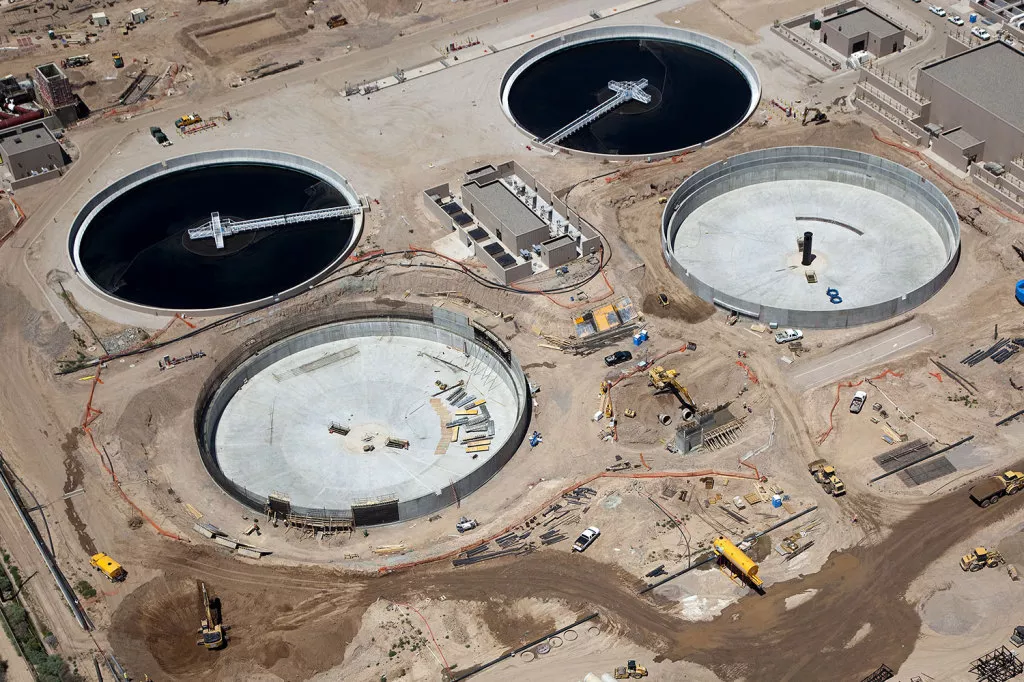California has a rich history of gold mining, dating back to the famous Gold Rush of 1849. Today, gold prospecting remains a popular activity, with many locations offering opportunities for enthusiasts to try their luck. In this article, we will explore six prime places to find gold in California. We will cover the history, geology, and current status of each location, providing a comprehensive guide for those interested in gold prospecting.
1. The American River
A Historical Gold Rush Site
The American River is renowned as one of the key sites of the California Gold Rush. James Marshall’s discovery of gold at Sutter’s Mill in 1848 set off a frenzy of mining activity that transformed California. The river and its tributaries are still rich in gold deposits, attracting prospectors from around the world.
Geological Features
The American River runs through the Sierra Nevada mountain range, an area known for its abundant gold-bearing quartz veins. These veins erode over time, releasing gold particles into the river. Panning and sluicing along the riverbanks can yield significant finds, particularly in areas with slower water flow where gold tends to settle.
Prospecting Opportunities
Today, several public areas along the American River are open for recreational gold prospecting. Popular spots include the Auburn State Recreation Area and the South Fork of the American River. These areas are managed by state and federal agencies, ensuring that prospecting activities are conducted responsibly and sustainably.
2. The Yuba River
A Rich Mining History
The Yuba River, another significant site during the Gold Rush, continues to be a favorite location for gold prospectors. The river’s banks and nearby hillsides were heavily mined during the 19th century, but substantial gold deposits remain.
Geological Characteristics
The Yuba River flows through gold-rich terrain, with many tributaries contributing to its gold content. The river’s upper reaches, particularly around the town of Downieville, are known for their placer gold deposits. Additionally, hydraulic mining operations in the 1800s left behind large amounts of gold in the river’s gravel beds.
Modern Prospecting
The South Yuba River State Park offers opportunities for gold panning and sluicing. The park provides educational resources and designated areas for prospecting, making it a great destination for both beginners and experienced prospectors. Always check local regulations before starting your prospecting adventure.
See Also: 8 Ways To Buy Gold Bars In The US
3. The Feather River
A Prominent Gold-Producing River
The Feather River is another historical gold mining site that remains productive today. During the Gold Rush, the river and its tributaries yielded significant quantities of gold, leading to the establishment of numerous mining camps and towns.
Geology and Gold Deposits
The Feather River flows through the Sierra Nevada, with its tributaries cutting through ancient gold-bearing rocks. The river’s gravels and sands are rich in placer gold, particularly in areas where the water slows down and deposits the heavier gold particles. The Middle Fork and North Fork of the Feather River are particularly known for their gold deposits.
Current Prospecting Sites
Several locations along the Feather River are accessible to recreational gold prospectors. The Plumas National Forest and Oroville Wildlife Area are popular spots, offering designated areas for gold panning and sluicing. As always, ensure you have the necessary permits and follow local guidelines to protect the environment.
4. The Kern River
A Hidden Gem
The Kern River, though less famous than some other gold-bearing rivers in California, offers excellent opportunities for gold prospecting. Located in the southern Sierra Nevada, the river and its tributaries have a long history of gold mining.
Geological Setting
The Kern River flows through a region with complex geology, including gold-bearing quartz veins and ancient river channels. The river’s alluvial deposits are known to contain fine gold, making it a great location for panning and sluicing. The river’s swift currents and rocky terrain also help concentrate gold in certain areas.
Prospecting Locations
The Kern River offers several public areas for gold prospecting, particularly in the Sequoia National Forest. The Keyesville Recreational Mining Area is a popular spot, providing access to a stretch of the river known for its gold deposits. Additionally, the Bureau of Land Management (BLM) manages several sites along the river where prospecting is allowed.
5. The Klamath River
A Major Gold Source
The Klamath River, flowing through northern California, has been a significant gold-producing river since the early days of the Gold Rush. The river and its tributaries have yielded large amounts of gold, attracting prospectors from far and wide.
Geology and Gold Formation
The Klamath River flows through diverse geological formations, including ancient volcanic rocks and sedimentary deposits. Gold is found in both placer and lode deposits along the river and its tributaries. The river’s extensive gravel bars and benches are particularly rich in placer gold.
Prospecting Opportunities
Several public areas along the Klamath River are open to recreational gold prospecting. The Klamath National Forest and Six Rivers National Forest provide designated areas for panning and sluicing. The Happy Camp area, in particular, is known for its rich gold deposits and is a popular destination for prospectors.
6. The Trinity River
A Gold Rush Legacy
The Trinity River, located in northern California, played a crucial role during the Gold Rush era. The river and its tributaries have a long history of gold mining, with many areas still producing gold today.
Geological Overview
The Trinity River flows through a region with abundant gold-bearing quartz veins and alluvial deposits. The river’s gravels and sands are known for their fine gold content, particularly in areas where the water slows down and deposits heavier materials. The river’s tributaries, such as the North Fork and South Fork, are also rich in gold.
Current Prospecting Sites
The Shasta-Trinity National Forest offers several areas for recreational gold prospecting along the Trinity River. The Douglas City and Junction City areas are particularly popular, providing access to stretches of the river known for their gold deposits. As with all prospecting activities, ensure you have the necessary permits and follow local regulations to protect the environment.
Conclusion
California remains a prime destination for gold prospecting, offering a wealth of opportunities for enthusiasts. The American River, Yuba River, Feather River, Kern River, Klamath River, and Trinity River each have a rich history and continue to produce gold. Whether you are a seasoned prospector or a beginner, these locations provide excellent prospects for finding gold. Always remember to follow local regulations, respect the environment, and practice sustainable prospecting methods. Happy hunting!
Related topics:































